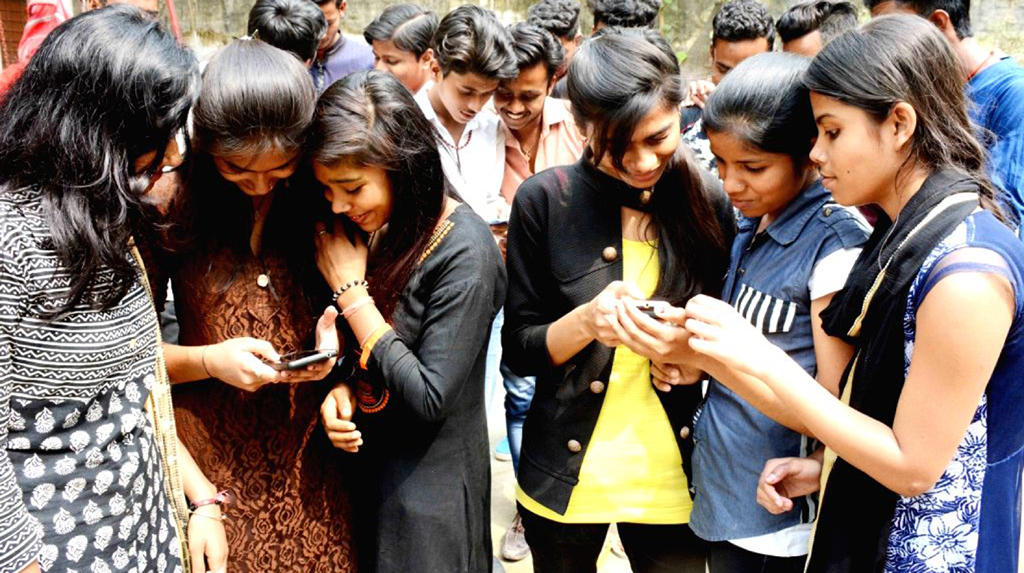New Delhi: In a bid to make India a major hub of final assembly for Network Products (NP), the government on Saturday announced to unveil a detailed scheme soon to boost mobile phone, electronics equipment and semiconductor manufacturing in the country.
Paying heed to the suggestions made by the Economic Survey and various trade bodies such as the India Cellular and Electronics Association (ICEA), Finance Minister Nirmala Sitharaman said the aim is to further promote ‘Assemble in India’ initiative.
“India needs to manufacture network products (NP). This will bring more investment and generate employment,” the Finance Minister said during the Budget presentation.
The Economic Survey 2019-20 has set out a framework using a Chinese model on how India can create more jobs.
“By integrating ‘Assemble in India for the world’ into Make in India, India can create 4 crore well-paid jobs by 2025 and 8 crore by 2030. Exports of network products, which is expected to equal $7 trillion worldwide in 2025, can contribute a quarter of the increase in value-added for the $5 trillion economy by 2025,” said the survey.
According to Rajat Bose, Partner, Shardul Amarchand Mangaldas & Co, the new production-linked incentive scheme for electronic manufacturing including mobile phone manufacturing is a welcome step for the industry which is reeling under cost escalation and sluggish demand.
“The government will do well to learn from the experiences under the M-SIPS scheme and the proof of the pudding shall depend on the effective execution of this scheme at the ground level,” Bose said in a statement.
A Modified Special Incentive Package Scheme (MSIPS) to promote aggressively a 20-odd component manufacturing ecosystem in the country that will go beyond making mobile phones could be on the anvil.
According to the ICEA, the total production of mobile phones in India is projected to reach 350 million units, generating a value of Rs 2,25,000 crore in 2019.
India also exported mobile phones worth Rs 11,200 crore in 2018-19.
“Handset exports during the first four months in 2019-20 has crossed $1 billion showing a promising growth to reach the target of Rs 25,000 crore ($3.6 billion) in 2019-20,” said Pankaj Mohindroo, Chairman, ICEA.
The mobile handset exports during the period April–July 2019-20 over the same period in 2018–19 shows a staggering 350 per cent growth,” Mohindroo added.
According to Tarun Pathak, Associate Director, Counterpoint Research, the focus should be more on creating value addition in India.
“India can position itself as a strong alternative to China. This will take time, so a proper policy and framework is required in the field of semiconductors. Going forward, manufacturing should not just cover consumer electronics but range of other categories as well,” Pathak told IANS.
Sitharaman also announced ‘Nirvik’ scheme for digital refunds of duties to exporters, to be launched this year itself.
“The Finance Minister stays committed to beat critics by announcing a digital refunds of duties and taxes to exporters. This will go a long way in swaying India to be an export-oriented economy and will massively tilt the balance of foreign exchange favourably,” said Anil Talreja, Partner, Deloitte India.




